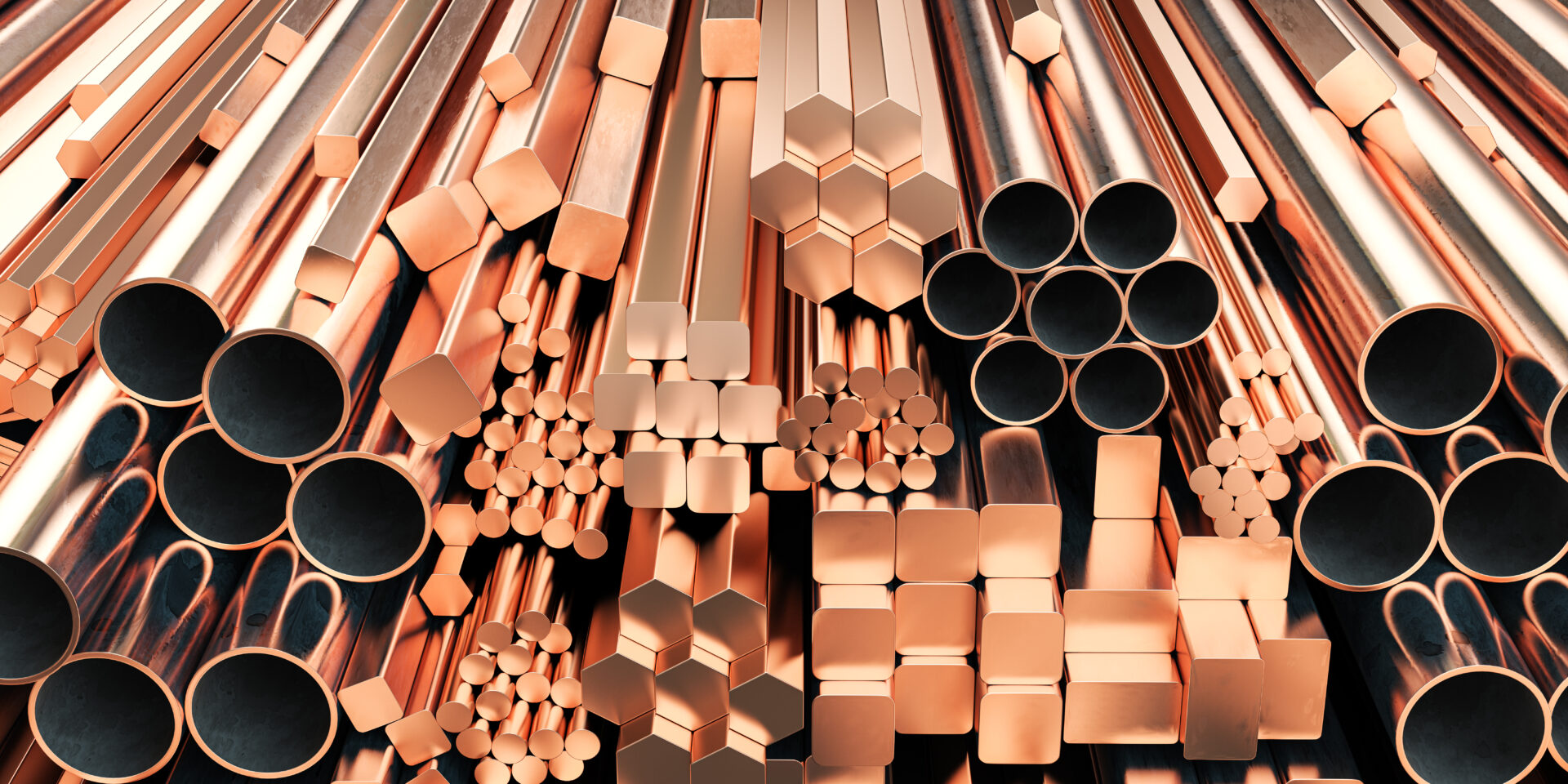
As the U.S. and other nations continue to change the terms of free trade agreements that have been in existence for two decades, industries being impacted by newly imposed tariffs are still figuring out the long-term impact.
And now they’re sorting out the implications of the decision by the United States, Canada, and Mexico to replace the 25-year old North American Free Trade Agreement.
But an early winner in the new deal known as the United States-Mexico-Canada Agreement (USMCA) is steelmakers. The deal offers clean economic gains for American steelmakers and should result in increased use of domestic steel for industrial production. Even investors are likely to cash in by investing in steel stocks.
That healthy environment for steel could offer a similar boost to another industry: scrap metal recycling. The increased use of steel in the manufacturing of domestic products like automobiles, household goods, and infrastructure projects could result in more scrap metal that needs to be recycled.
What Are the Terms of USMCA?
NAFTA was first enacted in 1994 to govern more than $1.2 trillion worth of trade among the U.S., Canada, and Mexico, but President Donald Trump wanted to renegotiate its terms with the governments of Canada and Mexico.
The USMCA seems likely to produce numerous winners. Under this agreement:
- American farmers will enjoy greater access to the Canadian dairy market;
- Canada is expected to avoid a 25 percent tariff on automobile imports that the Trump administration had been expected to impose after Canada agreed to limit its auto exports to the U.S. to 2.6 million vehicles;
- Automakers can avoid import duties imposed by the U.S. on any of its automobiles if about 75 percent of its total production takes place within North America.
And last point should help make not just automakers a winner from this deal, but steelmakers as well. The USMCA deal ensures that steel from North America will be used to make cars in the region and provide a strong incentive to source raw materials such as steel from the United States and the rest of North America.
And as the steel industry benefits, the recycling industry is likely to as well.
Thomas J. Gibson, president and CEO of the American Iron and Steel Institute, praised USMCA, noting that the new agreement will ensure North American steel is used in automobile production and will keep the manufacturing supply chains strong throughout North America.
Likewise, the Institute of Scrap Recycling Industries predicted it would produce improved border-crossings and collaboration between the governments to prevent illegal transshipment by outside parties.
ISRI also pointed out that USMCA is also beneficial for manufacturing customers that produce goods from scrap commodities processed in North America. For one thing, scrap can be included as part of the new 60 percent transaction value threshold for duty-free trade within North America.
However, the USMCA deal did not result in the removal of U.S. 232 tariffs on steel or aluminum from Canada or Mexico. And the Aluminum Association noted that it was disappointed that this agreement doesn’t provide a full exemption and eliminate quotas for aluminum imports from Mexico and Canada, since integrated North American supply chains have been a main reason the aluminum industry has been able to meet growing demand every year.
The Aluminum Association added that tariffs have hurt U.S. aluminum companies, making them less competitive globally.
How is the Steel Industry Performing Today?
Trump steel tariffs have helped boost the production capacity of domestic steelmakers thanks to lower imports, and the steel industry is probably healthier today than it has been in a while. Demand for steel has been solid, and Trump steel tariffs have helped protect American steel producers from the competition of cheap imports.
For the week that ended Sept. 29, U.S. raw steel production was 1,856,000 net tons, an 8.5% year over year jump.
Shares of domestic steelmakers are up – by 7 percent for Universal Stainless & Alloy Products, Inc. and 10 percent for AK Steel Holding Corporation.
Now USMCA is expected to provide further gains for American steelmakers, with increasing use of domestic steel for industrial production.
What’s less clear is whether USMCA will result in higher auto prices down the road. The deal includes the requirement of a $16 minimum wage requirement for workers involved in automotive manufacturing. While that provision is considered groundbreaking, it’s not clear if that will lead to higher prices for new cars.
On the other hand, increased steel use could boost scrap recycling, and the timing couldn’t be better.
On Aug. 23, China imposed tariffs of 25 percent on certain U.S. goods, including several types of metal scrap, such as ferrous, copper, aluminum and nickel-bearing scrap. ISRI has noted that for certain commodities which have traditionally relied on Chinese demand, market conditions have become more challenging this year.
On the other hand, commodities driven by domestic demand, including iron and steel scrap, have improved greatly. Demand for scrap goes hand in hand with manufacturing output, so as the steel industry experiences manufacturing growth, there will also be an increase in scrap demand.
It also allows global consumers of scrap to get a high quality and consistent delivery of U.S. scrap.
ISRI predicts strong demand in Europe, Asian countries outside of China, Canada, and Mexico in 2019, with USMCA helping to facilitate the movement of goods and services across North America, which benefits the recycling industries of all three countries.
Since China has been the major source of overseas demand for U.S. scrap, China’s import restrictions have meant that U.S. exports of copper and copper alloy scrap to mainland China in the first half of the year were down 41 percent compared to the first seven months of 2017.
In response, the scrap industry has sought out new growth markets, including India, Mexico, and Southeast Asia.
Now the boost to the steel industry may also help the scrap recycling industry, which aids our environment by keeping scrap out of landfills — where it can pose potentially toxic threats to the environment — and helps reduce the cost of manufacturing new products by using recycled metal instead of having to mine virgin ore to make new metals.
Conclusion
Recycling is the first link in a global supply chain, and if the new agreement strengthens existing supply chains and helps create new ones, recyclers are going to benefit. The healthier state of the steel industry is also important moving forward.
The steel industry’s growing strength is likely to be felt by the scrap recycling industry as well. The metal recycling market is projected to grow from $277 billion in 2015 to $406 billion by 2020 thanks to a strong global economy that is accelerating urbanization in many nations, rising need for new infrastructure projects, and increased industrialization. There’s certain to be a growing need for metal products.
We also know there’s a constant need for scrap metal that can be recycled, which is why it’s important to bring all scrap metals to a recycler like GLE Scrap Metal, which is a full-service, all-in-one recycling company with operations throughout the U.S.
GLE recycles millions and millions of pounds of scrap metal each year and employs an experienced logistics team that handles its expansive fleet of trucks as well as equipment for jobs of any size, at any facility.
To learn more, call GLE Scrap Metal at 855-SCRAP-88.



